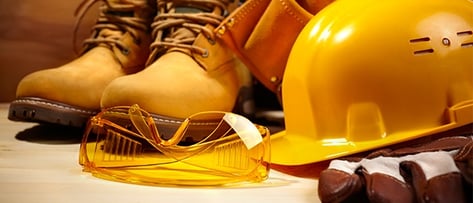Trying to find technical blog topics that can be useful and interesting can be difficult. Welcome to the world of Blogging some may say. However; making things easier and more efficient is always a step in the right direction. The advancement of steel detailing software has helped move the process of design, steel detailing, steel fabrication, and steel construction to a streamlined efficient flow of information.
There are a large number of detailing software available from manufacturers such as… Tekla, Soft
Steel, AVEVA, AutoDesk, and SDS/2.
We steadily see the rise of 3D Detailing to enhance the visual representation of structures. Below are some Pros & Cons of 3D Detailing:
Pros:
- After creating a 3D model, all needed drawings can be generated automatically.
- Drawing in 3D provides you with a better visual representation of the steel structures being detailed.
- The drawings/model are done to scale so it’s more accurate.
- A change to the 3D model automatically updates the entire model & all associated drawings.
- A Bill of Material can be generated from the model, reducing the likelihood of errors.
Cons:
- The costs/training of 3D modeling programs are higher than traditional detailing software.
- It’s a complex process to build a 3D model.
- You must build a 3D model for each steel structure to get the drawings generated.
Not only do we want to consider the Pros & Cons of a product but also how they may affect all those involved. Below is a list of how this software and the end product affect the user.

Detailing/Engineering
3D modeling has improved the quality of detailed drawings largely by reducing the human element which may cause unnecessary errors. Once the model is created, all drawings associated with the model will be accurate (assuming the model is correct) and there will be no contradicting drawings. Additionally, any last-minute changes will be carried throughout the drawing set by making the change in one place. There’s no need to worry about whether or not a change was made to every drawing.
Steel Fabrication
3D modeling affects fabrication by ensuring accuracy in the fabrication drawings. Also, with the drawings done to scale, the fabricator sees exactly what the completed piece should look like.
Construction/Structure Erection
Creating a visual image of the structures ahead of time and being able to identify any potential connection errors reduces field erection issues. Increasingly complex structures can be created with the ability to see how they will fit together and be erected much easier than with 2D modeling.
At DIS-TRAN Steel, we use AutoDesk Advance Steel as our 3D Detailing Software of choice. This technology allows our software to generate DSTV files that communicate with our Shop Machinery. When the machine fabricates the main members it has the capability to scribe welded part locations, weld symbols, and piece marks. This shows the fitters/welders exactly where the parts are to be welded and the weld size to use, without looking at a drawing. This is HUGE in our industry.
Let us know if you have any additional Pros or Cons you would like to contribute to the conversation. We would love to hear from you on how you battle the difference between Traditional 2D and Enhanced 3D Software.

